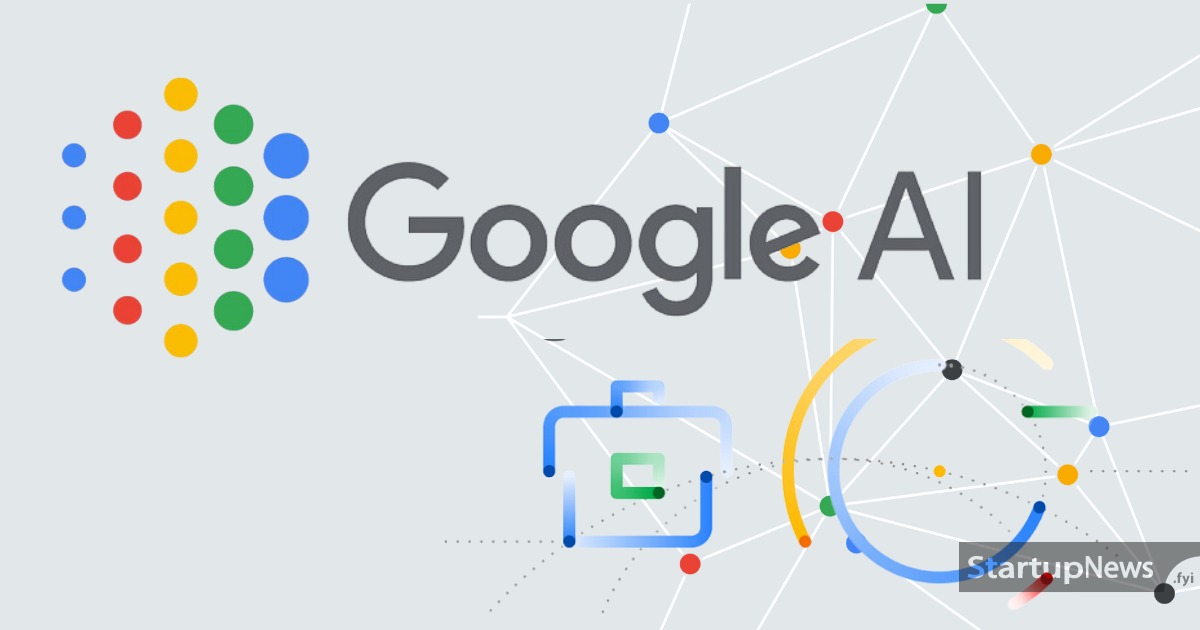Google Assistant team is gearing up for significant changes to explore the potential of a supercharged Assistant powered by the latest Large Language Model (LLM) technology, according to an internal email reported by Axios. The team sees a huge opportunity in leveraging LLM technology to transform the Google Assistant capabilities, and they are making organizational adjustments to achieve this vision.
Catching Up with Competitors
The push for a generative face-lift in Google Assistant seems driven by a desire to catch up with competitors who have already demonstrated the power of LLM technology publicly. While Assistant, Alexa, and Siri have been successful in providing useful interfaces for simple digital interactions, LLMs present new possibilities for more advanced conversations and comprehension.
Challenges of Implementing LLMs in Google Assistant
While LLMs have shown potential in powering chatbots and Google Assistant, there are challenges in practically applying this technology to improve Assistant’s functionality. Users have primarily used assistants for specific tasks, such as obtaining weather forecasts or nearby restaurant recommendations, rather than engaging in lengthy conversations with the AI.
Also Read: Binance FZE receives operational MVP licence from VARA in Dubai
Balancing Traditional and LLM-Powered Interfaces
The debate revolves around whether users would prefer an interface capable of handling both traditional requests and LLM-powered conversations or a specialized approach for each use case. While LLMs offer conversational abilities, it remains to be seen if users want complex discussions with navigation systems or other utilitarian tasks.
Google Preemptive Move
Google appears to be preemptively aligning itself to ensure it stays ahead in the rapidly evolving AI landscape. By exploring LLM technology for Assistant, Google is positioning itself to embrace potential advancements in AI capabilities and respond effectively to changing user preferences. As the months unfold, the Assistant’s transformation will likely become more apparent, bringing forth a new era in AI interactions.

